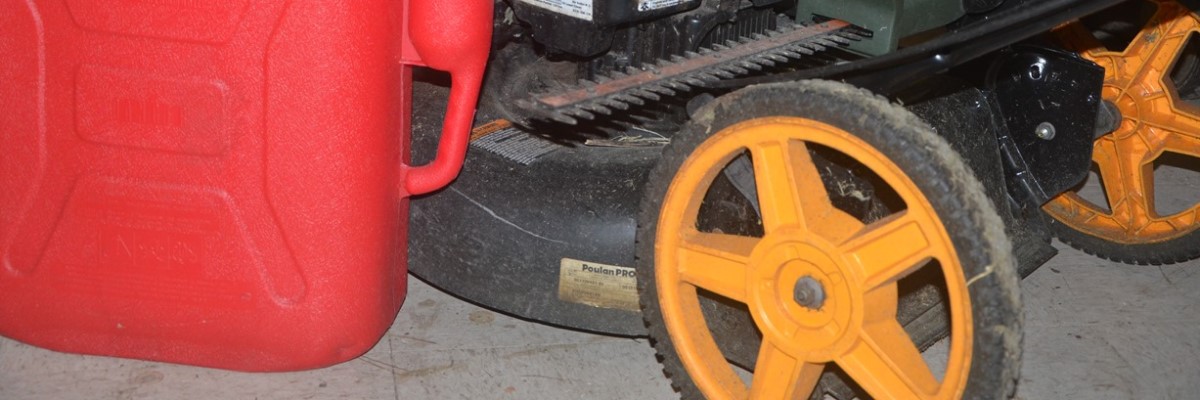
Notoriety can be a positive attribute when events go as planned (or hoped). Such is the case with the much-heralded Monarch Butterflies’ recent departure. These colorful insects have garnered the interest and concern of tens of thousands, if not millions, of people who are worried an age-old annual pilgrimage to winter grounds in Mexico may…Read more

The traditional season of harvest and the gatherings of families and friends is at hand. A celebratory holdover from past generations who were completely dependent upon the land for food and other critical resources, in November one counted their blessings collectively or tightened their belt individually for a long and dismal winter. Today’s residents of…Read more

The desert southwest hardly seems a likely candidate for a forest of any size. Granted, there are some juniper trees and other dwarf species, but nothing like the stately timbers seen in more temperate environments. Such was not always the case. A visit to the Petrified Forest National Park in northeast Arizona permits viewing of…Read more

Florida has many holes in the ground beneath our feet. As every homeowner knows, there are midnight excavators which desecrate the lawn and leave it with enough pockmarks to pass for the lunar surface. Granted, the armadillos are just looking for a snack, but a random collection of shallow holes are the result. If this…Read more
Halloween masks are big business for retailers attracting customers in October. After all, what child could refuse being a super hero, princess, or a hideous freak of nature while getting a sack full of candy? In reality, the tactic of appearing to be something intimidating is fairly common. It is especially useful in the untamed…Read more

Many of the native wildflowers in north Florida are a reflection of the season’s changing light levels, no matter what the thermometer reads. They are providing numerous fall colors and hues. One of the most common in panhandle Florida is Bidens alba. It is known by an assortment of common names including Spanish needles, Beggar’s-tick…Read more

The opportunity to see something truly rare and in relative proximity cannot be passed up. The October 14, 2023 annular eclipse was just such an event. This type of eclipse produces the “ring of fire”, not the midnight darkness of a total eclipse. The reason is the moon is at or very near its apogee…Read more

Despite the many negative statements about the 2023 hurricane season, at least it provided ample rain. Even this late in the year the moisture supports growth, but in late autumn the development usually takes place unseen below ground. That is not the case with native fungi species. The local mushrooms and toadstools appear overnight in…Read more

“Oh gracious, why wasn’t I born old and ugly,” said a Charles Dickens character in the 1841 serialized novel Barnaby Rudge. This is not an often-heard sentiment in the 21st century which is focused on youth and beauty. While this pronouncement is the complete opposite of contemporary culture, the statement does apply to some in…Read more

October brings the prospect of relief from the heat and humidity of a panhandle Florida summer. The temperatures have moderated, albeit slightly, alleviating some of the oppressive qualities of the daylight hours. The sun’s progression into the southern sky has lengthened the nights to the point where they have a majority of the minutes, and…Read more











